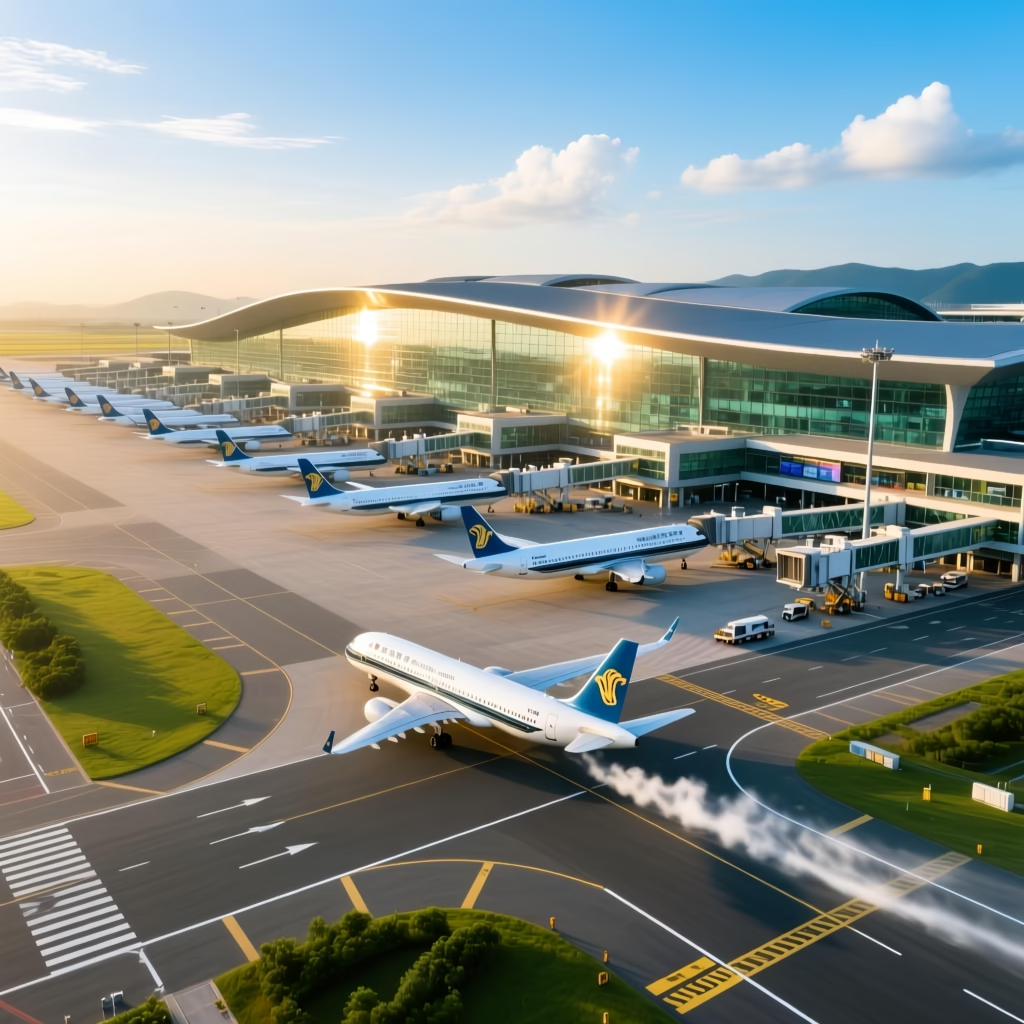Unlock the secrets to successfully managing tariffs and thriving on Amazon in 2025. Explore our comprehensive guide for actionable advice and best practices.
Navigating Tariffs and Amazon in 2025: A Strategic Guide for Global Shippers and Sellers
The world of international logistics is in constant flux, and by 2025, shifts in tariffs and e-commerce platforms like Amazon will demand even sharper strategies from businesses. Whether you’re shipping goods across borders or selling on Amazon, staying ahead requires a deep understanding of emerging policies, sustainability mandates, and cost-saving tactics.
In this blog, we’ll explore the latest tariff trends, decode Amazon’s evolving logistics framework, and provide actionable insights to help you streamline operations and maximize profitability.
Tariffs in 2025 – Key Developments and Strategies
1.1 Global Tariff Trends Shaping 2025
Tariffs remain a pivotal factor in international trade, but 2025 brings new complexities. Geopolitical dynamics, climate regulations, and economic nationalism continue to reshape duty structures:
- U.S.-China Trade Relations: While Section 301 tariffs on Chinese goods persist, exemptions now apply to certain green technologies (e.g., solar panels), reflecting a push for renewable energy. Rates for non-exempt categories like electronics remain between 7.5% and 25%.
- EU’s Carbon Border Adjustment Mechanism (CBAM): Now in its second phase, CBAM imposes tariffs on imports with high carbon footprints, including aluminum and fertilizers. By 2026, full implementation will require detailed emissions reporting, forcing suppliers to adopt greener practices.
- Emerging Markets: Countries like India and Nigeria have introduced “localization tariffs” to boost domestic manufacturing, targeting sectors like textiles and automotive parts.
Key Takeaway: Regularly review government trade portals (e.g., U.S. International Trade Commission) for tariff updates. Misclassification risks penalties—use the 2025 HS Code Finder for accurate product categorization.
1.2 Smart Tariff Mitigation in 2025
With rising duties, proactive strategies are essential:
- Diversify Free Trade Agreements (FTAs): The U.S.-Taiwan FTA (effective 2024) slashes tariffs on semiconductors, while the African Continental Free Trade Area (AfCFTA) reduces intra-regional duties by 90%. Align sourcing with FTA partners.
- Nearshoring and Reshoring: Post-pandemic supply chain reforms have accelerated. Mexico and Poland are now top alternatives for U.S. and EU businesses, respectively, due to lower tariffs and shorter lead times.
- AI-Driven Duty Optimization: Platforms like TariffBrain analyze real-time trade data to recommend cost-effective shipping routes and HS codes.
Pro Tip: Partner with a Certified Trade Compliance Specialist to navigate localization laws and CBAM reporting. Automation tools like CustomsAI can reduce classification errors by 40%.
Amazon’s 2025 Logistics Revolution
2.1 Amazon’s Policy Overhaul for 2025
Amazon’s dominance in e-commerce now intersects with stricter regulations and sustainability goals:
- FBA 2.0 Fee Structure: Amazon’s revised FBA fees prioritize smaller, eco-friendly packages. Oversized items face a 12% surcharge, while carbon-neutral shipments receive discounts.
- Supply Chain Decarbonization: Sellers must now disclose Scope 3 emissions (entire product lifecycle) for EU and U.S. listings. Non-compliant products risk delisting.
- Hyper-Local Warehousing: Amazon’s Micro-Fulfillment Centers in urban hubs (e.g., Berlin, Dallas) enable same-day delivery but require sellers to split inventory regionally.
2.2 Aligning Amazon Logistics with Tariff Efficiency
Integrate tariff planning with Amazon’s ecosystem:
- Tariff-Inclusive Pricing Models: Use Amazon’s ProfitGuard tool to auto-adjust prices based on destination-country duties.
- Duty-Smart Inventory Placement: Store high-tariff items in bonded warehouses (e.g., Dubai’s Jebel Ali Free Zone) to defer payments until Amazon sales occur.
- Leverage Amazon’s Global Duty Relief (GDR): For sellers using FBA Export, Amazon now covers duties on returns, reducing financial risks.
Case Study: A German bicycle parts seller avoided 20% EU CBAM tariffs by sourcing recycled aluminum and using Amazon’s Sustainability Certification Program. Revenue grew 30% in Q1 2025.
Future-Proofing Your Logistics Strategy
3.1 Mastering 2025’s Documentation Demands
Avoid customs bottlenecks with these essentials:
- Blockchain-Backed Invoices: Platforms like TradeLens create immutable records for HS codes, values, and sustainability data, speeding up clearance.
- Digital Certificates of Origin: Submit via the e-CO platform for instant FTA validation.
- Dynamic Packing Lists: Use smart labels (QR codes) to update regulators on shipment changes in real time.
3.2 Tech Tools for 2025’s Challenges
- Tariff Forecasting Software: GlobalTradeAI predicts duty hikes using geopolitical sentiment analysis.
- Amazon’s Supply Chain Control Tower: Centralizes inventory, emissions, and compliance data across global marketplaces.
- Carbon Accounting Integrations: Tools like Sustainably sync with Amazon Seller Central to auto-generate emissions reports.
3.3 Building Agile Supply Chains
- Dual Sourcing: Maintain suppliers in both FTA and non-FTA regions to pivot during trade disputes.
- Predictive Analytics: Monitor tariff risks via Reuters Global Trade Tracker or Bloomberg Terminal.
- Collaborative Logistics: Join platforms like Flexport Connect to share container space and reduce costs.
By 2025, tariffs and Amazon’s policies will be deeply intertwined, demanding a blend of agility, technology, and sustainability. Businesses that adopt predictive tariff strategies, leverage Amazon’s evolving tools, and invest in green logistics will not only survive but thrive. The future belongs to those who prepare today.
Struggling with 2025’s tariff complexities or Amazon’s new requirements? Book a free consultation with our logistics experts to future-proof your operations. Don’t forget to subscribe for monthly insights on global trade trends!
Langxu Freight is one of the more famous freight forwarding companies in China.If you need to purchase any goods in China, or are ready to start an e-commerce business/dropshipping business, let us give you the greatest help. If you need to purchase goods in China, we can provide you with comprehensive freight forwarding services, including quality supplier selection, product quality inspection, free warehousing in China, customs declaration, a variety of reliable and safe transportation plans, and on-time delivery services.
A Guide to China’s Top 5 Airports 2025
Soaring Through the Middle Kingdom: A Guide to China’s Top 5 Airports 2025, China’s meteoric…
The Ultimate Guide to Sourcing & Shipping Christmas Ornaments from China
The Ultimate Guide to Sourcing & Shipping Christmas Ornaments from China. The holiday season is…
Decoding Shunde: The Ultimate Guide to the World’s Appliance Capital
Decoding Shunde, If you’ve ever turned on a microwave, blended a smoothie, or adjusted your…




